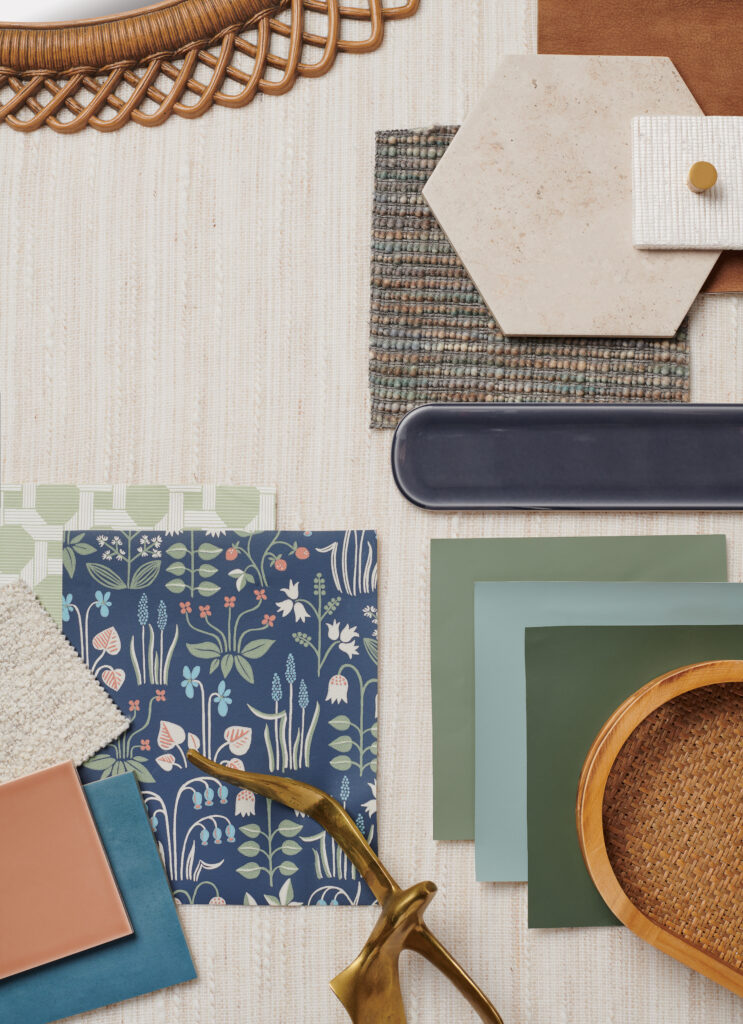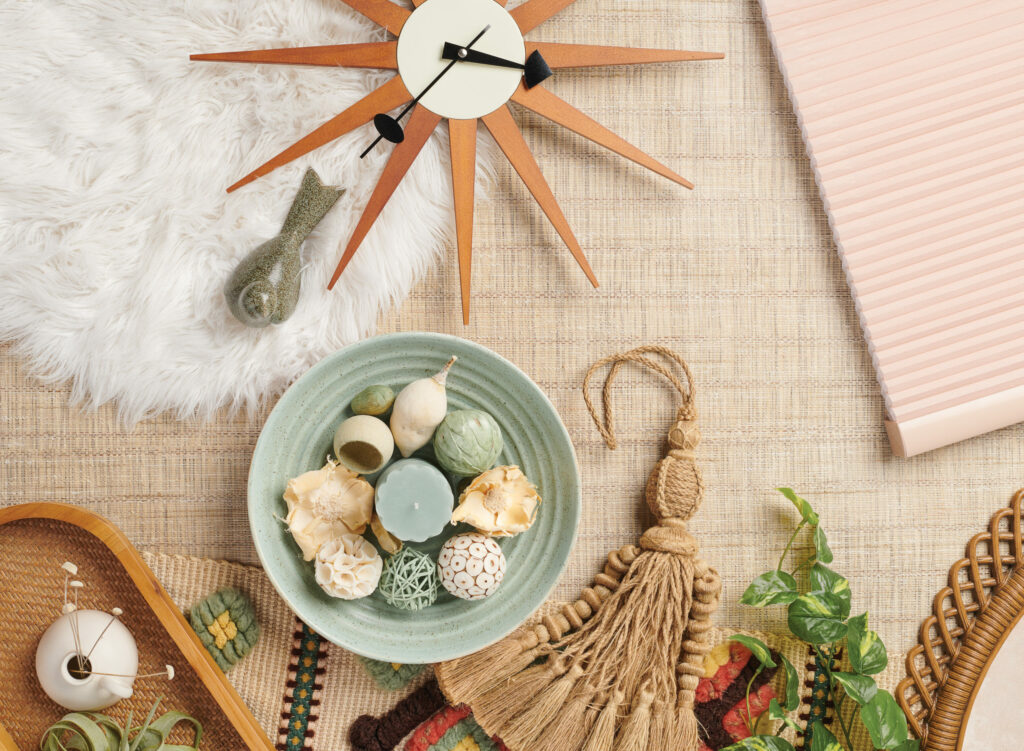
Home Styles Through the Decades
What goes around comes around — and interior design trends are no different. With each new decade comes fresh home inspiration that calls on styles from the past while evolving for the future. Take a look at how home trends have changed over the years and how top Twin Cities design and remodeling professionals take inspiration from years past to create modern mood boards with a nostalgic twist.
1950s
Designer: Davis Interiors
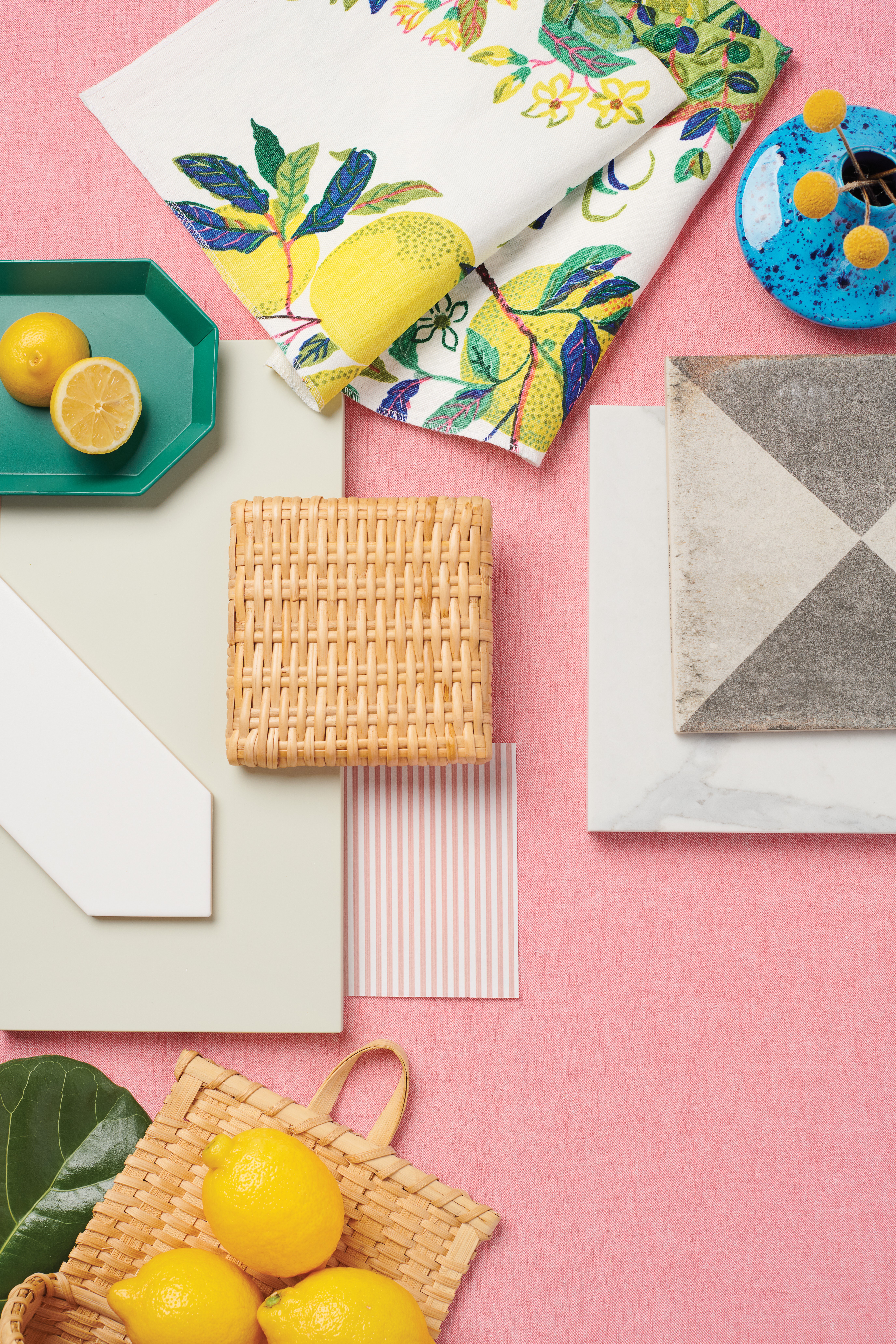
The 1950s revolved around the timeless charm of pastel colors, with a prominent focus on shades of pink. Fruits, such as cherries, strawberries, and lemons, were popular design elements often found in wallpapers, clothing, and kitchen décor. Interiors from this decade proved cheerful and whimsical.
Jennifer Davis, founder and principal designer of Davis Interiors, shares her tips for creating a 1950s design with a contemporary twist. “One crucial aspect is the color palette, which should primarily consist of pastel hues accompanied by bold accents,” Davis shares. She also recommends opting for midcentury modern furniture with clean lines, selecting organic shapes and materials, and incorporating a classic checkered pattern for authenticity.
1960s
Designer: Studio M Interiors
The 1960s were swinging and so were the interiors. Designs melded eye-catching patterns with subtle tones and natural textures. Homeowners wanted unique elements that were complemented by classic pieces, making a practical yet personalized space.
Melissa Hardin, interior designer at Studio M Interiors, urges a playful aesthetic when recreating a 1960s design. Try a fuzzy boucle fabric on a modern accent chair. Bring the outdoors inside by layering wild greens for a pop of life. Select tiles with an unusual texture or shape as a subtle accent. Most importantly, don’t be afraid to use multiple prints in one room.
1970s
Designer: Plekkenpol Builders, Inc.
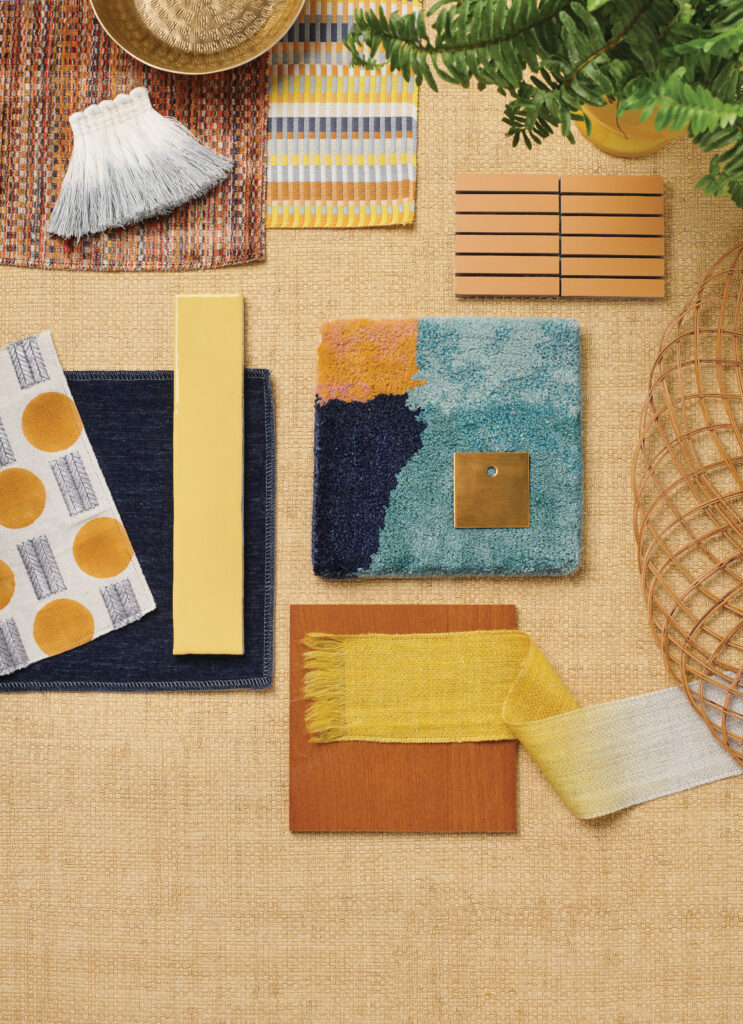
The 1970s were an iconic decade of saturated colors, tropical motifs, and strong geometric patterns. Dominated by yellows, rusts, peaches, and browns, a warm color palette influenced nearly every groovy design.
Bring a 1970s-inspired design to life with a bold wallpaper as your foundation. Tracy Loomis, designer and project manager with Plekkenpol Builders, suggests starting by anchoring a room with a few neutral solids, then adding flair with additional prints in textiles. And don’t forget the plentiful wood features for cabinetry, walls, or floors.
1980s
Designer: Martha O’Hara Interiors
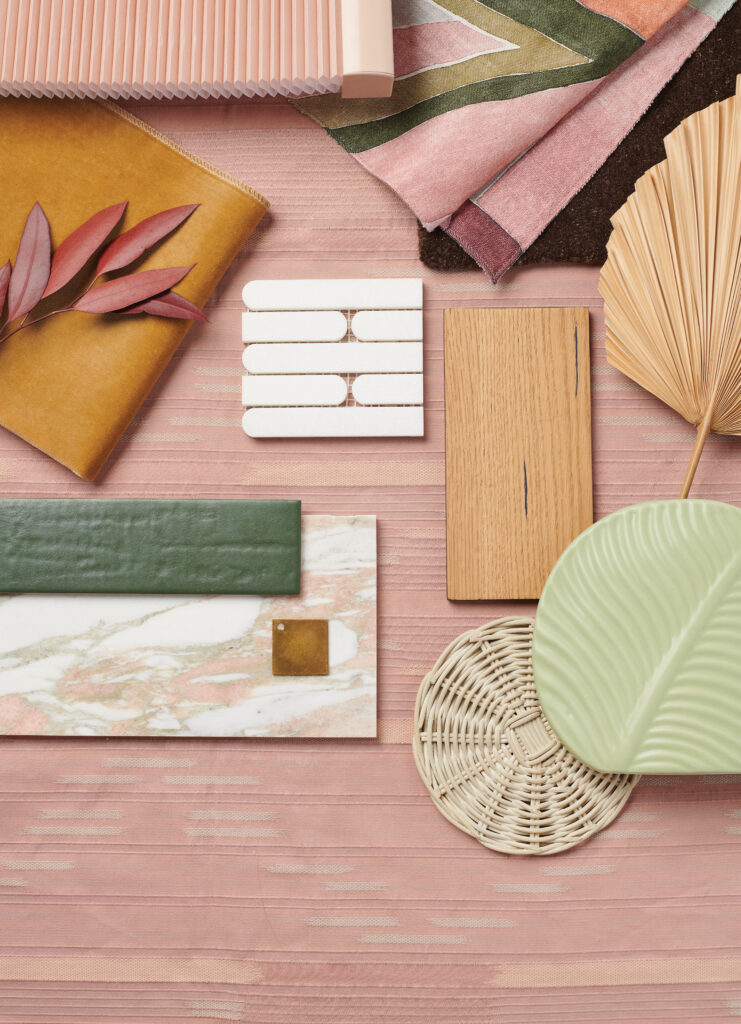
Homeowners and designers in the 1980s raved over pastels, playful geometric pieces, and plenty of florals. Mixed with glass block walls, mirrored closets, and colored bathroom suites, homes from the ‘80s were bright and brash.
To capture this aesthetic in a modern way, Krystal Kellerman, senior designer at Martha O’Hara Interiors, suggests earthy colors mixed with pastels. Adding in timeless base materials, such as marble tile and white oak, is the perfect foundation for your design. “Add playful touches with non-permanent elements like fabrics, geometric patterns, wicker furniture, and metallic accents,” shares Kellerman. Then, you’ll have a harmonious blend of past and present!
1990s
Designer: Che Bella Interiors
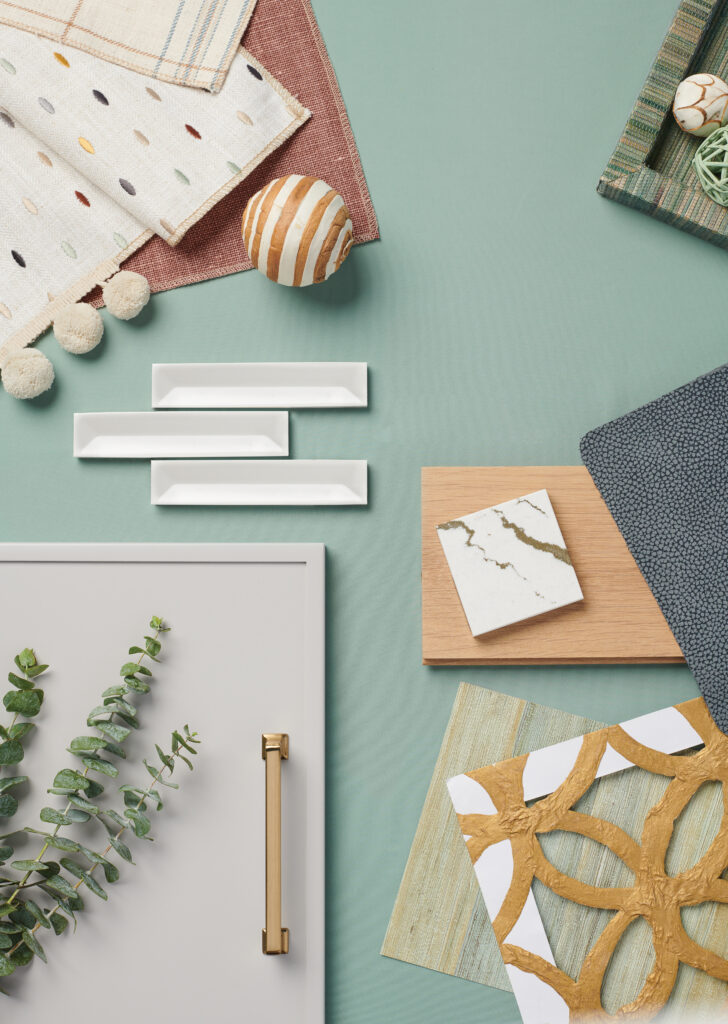
The 1990s bring back memories of bright colors and bold patterns. Interior design trends centered around frills and fringe, wicker furniture, and brass and chrome accents. Deep shades of red, blue, or green were popular on the walls with fake plants or dried florals sprinkled around each room.
To modernize the 1990s aesthetic, Calie Pierce, a senior interior designer with Che Bella Interiors, recommends subtle prints, mixing in neutrals, and using thoughtful pops of saturated color for contrast. Pull from the playful colors and patterns of a traditional 1990s design but tone things down for a more cohesive look. Plus, don’t be afraid of thoughtful wallpaper features.
2000s
Designer: Amek, Inc.
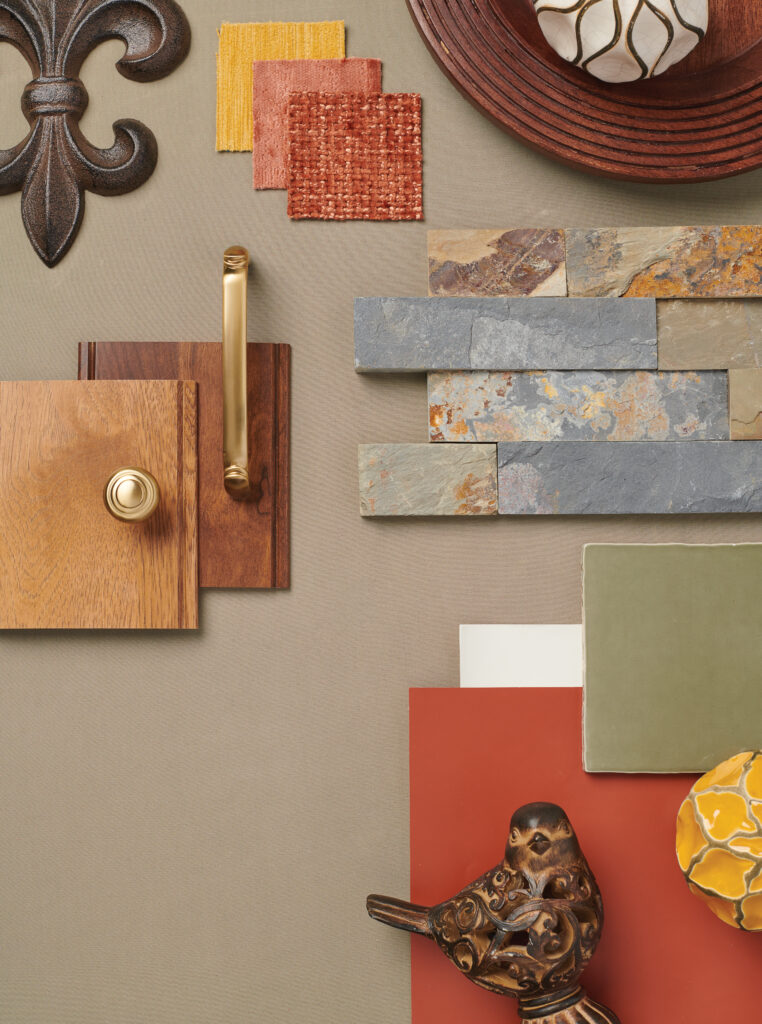
The 2000s brought a renewed focus on natural materials and soft design. Rich woods and natural-stone tiles were complemented with lighter backgrounds on the walls. Trendy colors of the era included sandy beiges, soft whites, chocolate browns, and deep blues.
To recreate a classic 2000s design with a modern twist, the designers at AMEK, Inc. suggests leaning into the earthy elements and color contrasts. Use lighter colors on the walls to provide a modern stage and let the richness of wood cabinets and floors take the stage. Style the space with complementary hardware and textiles that bring a splash of personality.
2010s
Designer: Carbon 6 Interiors
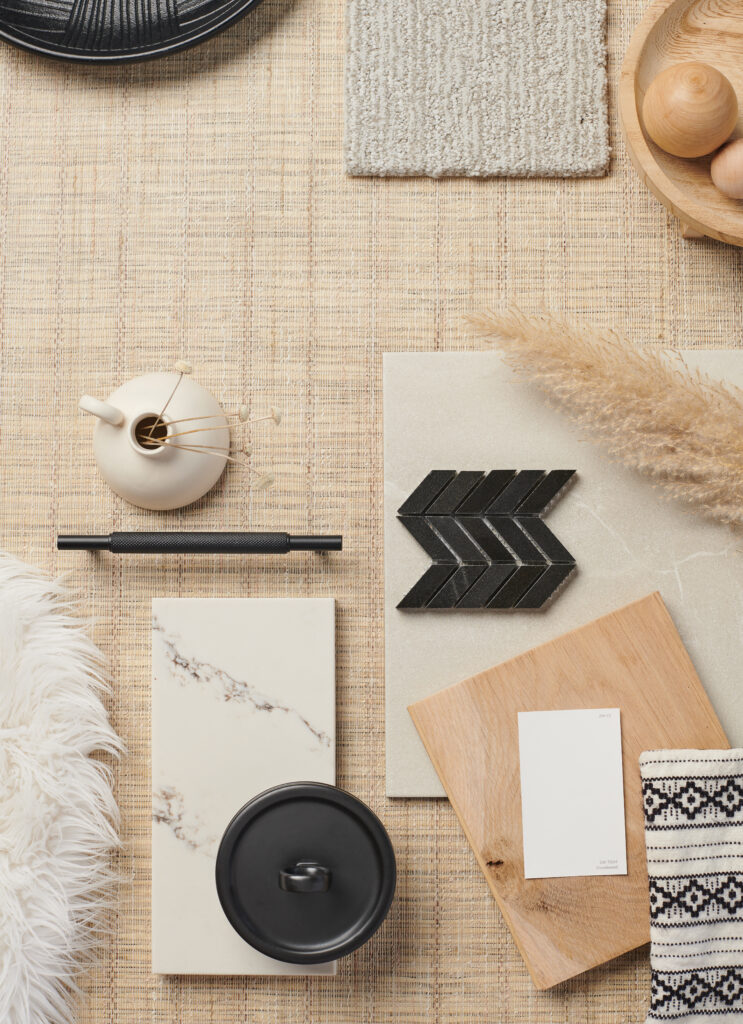
The 2010s were a transition from dark wood tones and gray walls to a more minimalistic and high-contrast design. Lighter woods like white oak became increasingly popular to brighten up dark spaces. Matte black hardware and accents became all the rage to stand out against lighter floors and cabinetry. Here and there, you’d catch the occasional splash of chevron, herringbone, and ombre.
Pulling inspiration from those iconic elements, Lindsey Swanson, creative director with Carbon 6 Interiors, incorporates subtle callbacks in tile and texture then designing a modern take on the 2010s. Sticking to neutrals and classic textures helps create a timeless design where the magic lies in the details.
